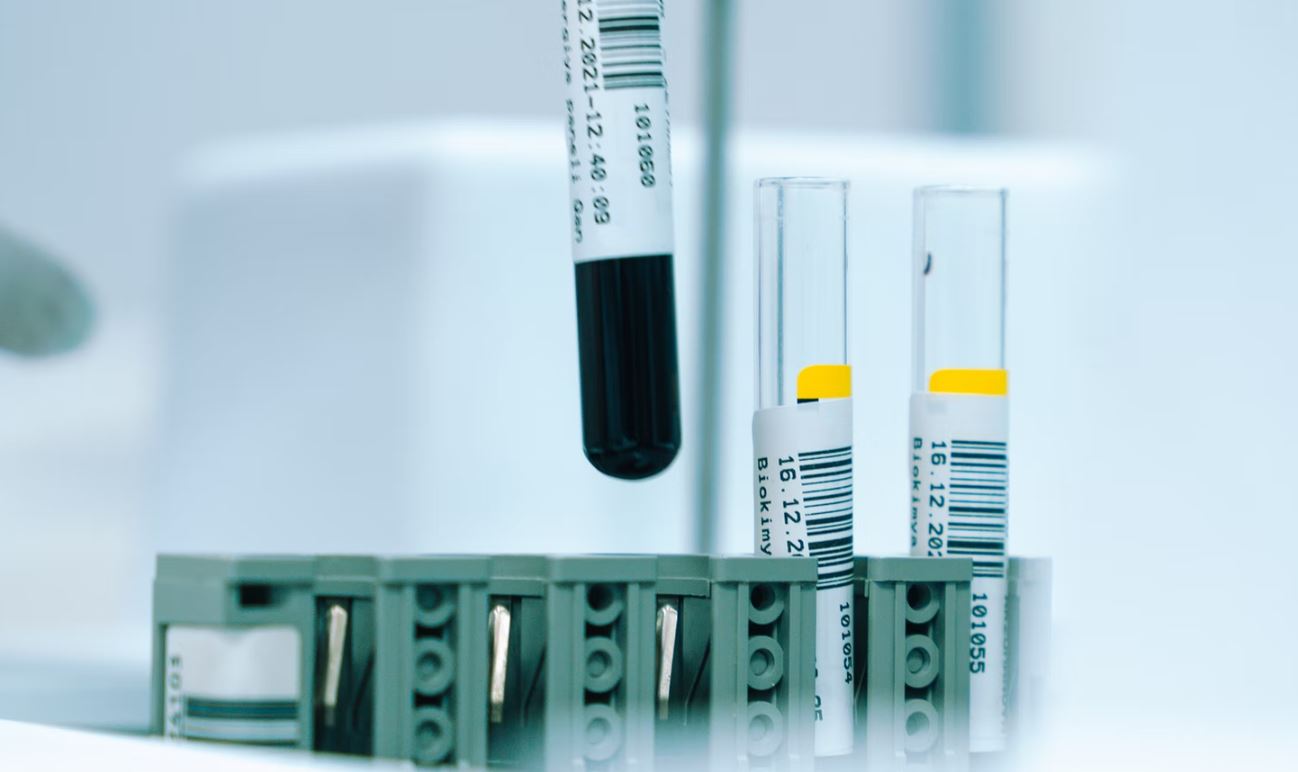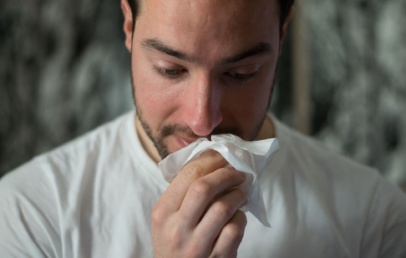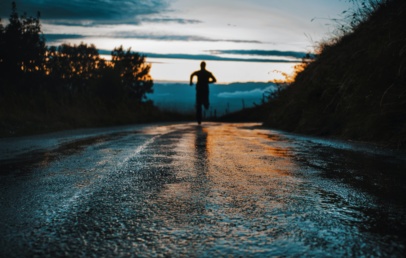
It ain’t fun, but it doesn’t have to be excruciating.
I’m finding as I get older that I have to have a needle jabbed into me much more frequently than when I was a kid. Now, some people have no problem with needles, but me, I get short-breathed at the sight of my own blood, to say nothing of my blood draining through a large needle. I’m getting a little light-headed just writing this. Nevertheless, regular blood work is an important part of maintaining an up-to-date profile of your health. When your doctor requests you go get it, you’ll probably groan, but it’ll be over with soon enough.
First, when your doctor informs you that you need to get blood work done, make sure to confirm a few things. First, make sure you know where the nearest testing lab is, and make sure your doctor is on board with you going to that one. Your doctor’s office may schedule the appointment for you, but more than likely, you’ll need to do it yourself. It’s not hard; just go to the lab’s website, fill out some information, and they’ll save you a spot. Some labs even send texts and QR codes you can use to check in, but we’ll get to that in a minute.
Prior to your blood work, assuming it’s a typical bevy of tests, you’ll need to fast. You can’t eat anything for at least eight hours before you get your blood drawn, or else it could mess with the results. During this period, the only things you’re allowed to consume are water (which you should drink a lot of to hydrate your veins) and your normal medications. If you take any vitamins or supplements, you should skip them, but ask your doctor if you’re unsure. It’s a good idea to have your drawing scheduled for the early morning, so you won’t need to go hungry for too long.
When the time comes, simply step into the waiting room and either check in at the desk or with an automated reader. When you get called, give them your license and insurance info to verify, and then they’ll bring you to the drawing room. The phlebotomist will tie a knot around your off-arm and insert the needle. If you’re squeamish, make sure to look away, and consider inhaling a calming scent like lavender oil. Most good phlebotomists will do whatever they need to to ensure you’re comfortable before they do their work.
Once you’re finished, pat yourself on the back and have a snack. You’ll probably be hungry. Most labs will have your results within four days or so, so feel free to get on with your life.




